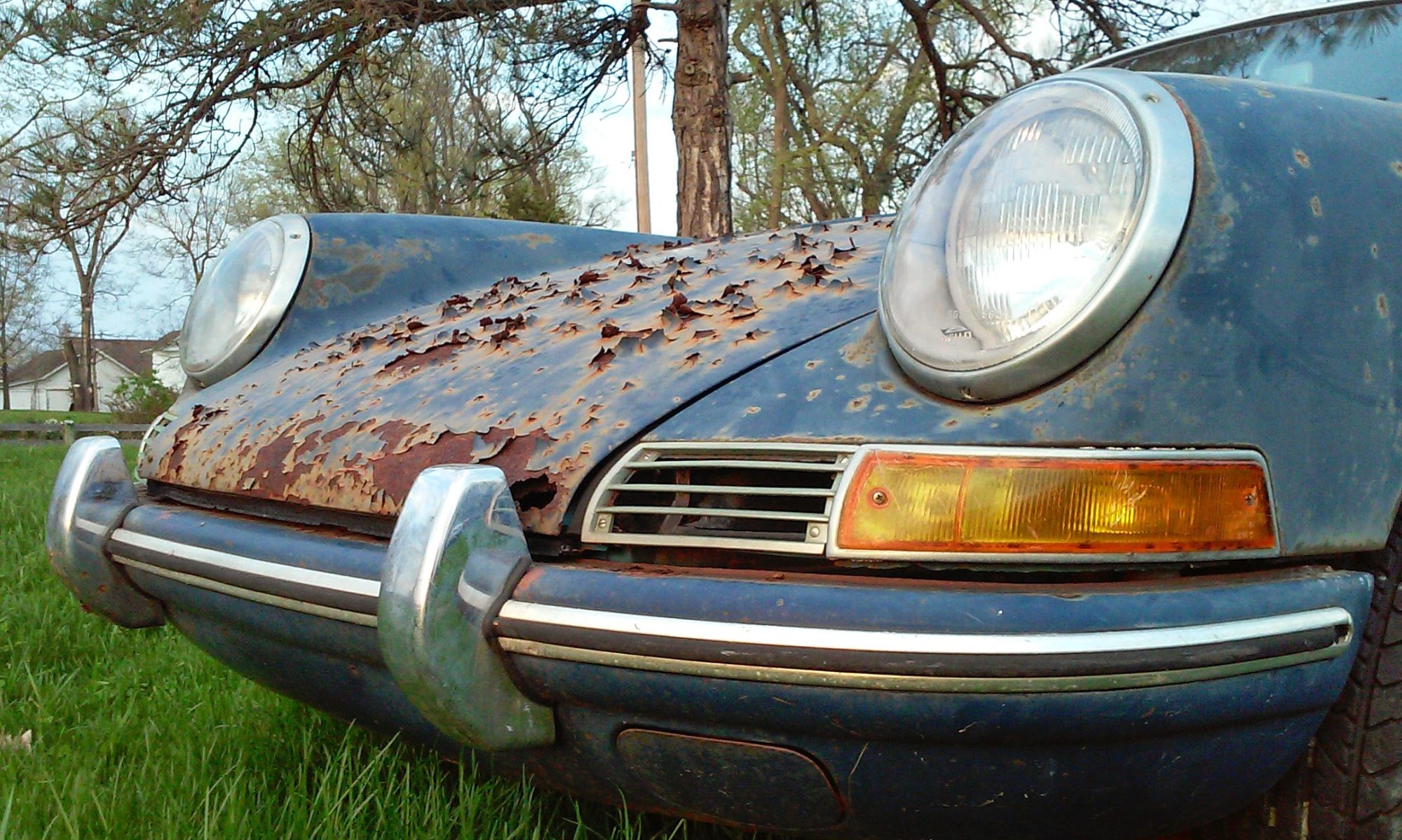Originally Published 2008
Tech guys may be able to build a fast electric sports car, but what do they know about running a car company?
Tesla Motors captured the environmentally conscious car market when the tree hugger talk turned from transportation to tuner toys. An all electric sports car that can do 0-60 in 4 seconds built on a stretched Lotus Elise was just what Prius posers needed.
After delays that have pushed production into 2008, we decided to take a look at the make up of Tesla Motors and talk with Joe Powers about the future of Tesla.
MCM: After reading through your board and team members, we’ve noticed that no one has direct car industry experience such as, running a dealership or working at a manufacturer with responsibilities in distribution, service, sales or marketing (except for Malcolm Powell who managed vehicle development at Lotus). While you are hiring engineers in Detroit, what are your plans for automotive experts who come from the car business?
Powers: As we grow as a company we’ll increasingly attract world-class talent from the automotive world. When we begin delivering and servicing vehicles next year and manufacturing on a larger scale in the coming years, we expect to bring more automotive experience into the fold. We’ve set out to do things on a very different path than have established manufacturers, so hiring a broad base of skill-sets and backgrounds has helped that creative development. There is no doubt that the industry contains valuable practices, and we’ll bring those resources on as we continue to innovate towards a new type of company and customer experience.
MCM: Who currently or in the future is handling the overall marketing and positioning of the company and what are the goals?
Powers: Darryl Siry is Vice President of Marketing, Sales and Service. Marketing goals closely tie into the design, performance and efficiency philosophy of the company, and branding decisions are made within those paradigms.
MCM: Tesla Motors adopted the 2-seater roadster style setup for your introductory vehicle. Other start up car companies such as Saturn, Kia, even Toyota and now the Chinese electric companies like BYD Auto planned market entrance with larger or sedan type vehicles.
Given that funding a new automotive start up is estimated in the billions, can you talk more about the reasoning behind that approach for the electric market and how you feel that approach sets the tone for future models like the White Star or Blue Star?
Powers: There’s no doubt that the auto industry presents huge barriers to entry. We’ve also got the added costs of R&D for a whole new technology in our proprietary electric drive components. As a result, entering the market from the high end with initially low volumes makes a lot of sense. Our three company tenants are design, performance and efficiency. We are positioned to offer best-in-class vehicles in each of these categories, and the Roadster embodies that philosophy. Future models, including the White Star sedan, will follow that trend while serving progressively lower price points at higher volumes as marginal costs are reduced.
MCM: At a $50,000 price point for the White Star, what type of vehicle will it be. Will it be built on it’s own platform or a shared venture?
Powers: Our goals for White Star are lower price and higher volume. The vehicle will be a 4-door, 5-passenger sedan, but beyond that it is too early for manufacturing details to be finalized. We’ll announce any new information on our website as it is released.
MCM: While an IPO has been mentioned, will that fund the future vehicle development or are their new raises coming to do that before an IPO?
Powers: We are discussing our fund raising strategy currently, but no formal plans have been established. We have raised $105 million from private investment to date and have no firm plans for an IPO at this time.
MCM: Currently your service zones are are in SF, LA, NY, Chicago and Miami. Are those Tesla owned facilities or contracted service centers?
Powers: These are locations where we plan to establish Tesla Stores, which provide sales and service capacity to customers. The Tesla Stores will resemble a branded retail experience similar to an Apple store rather than the traditional dealership showroom. We have two facilities on track to open in early 2008 in Menlo Park, CA and Los Angeles.
MCM: Where and how do you see the expansion of those services
and sales zones growing?
Powers: Our goal is to provide a comprehensive and innovative customer experience nation-wide. From our initial locations we’ll expand to provide more convenient coverage.
MCM: The manufacturing process is really quite a dirty one. What can you tell me about the carbon footprint of these cars before they save on emissions?
Powers: Machining parts for cars is resource-intensive. Where we can find efficiencies in the manufacturing process, we try to employ them; our Yokohama Advan tires were selected not only because of their performance and low-rolling resistance, but also because Yokohama produces the tires through an innovative zero-waste process; by using lithium ion battery cells, we gain the high energy density advantages, but also avoid the presence of heavy metals found in other chemistries; our battery pack is highly recyclable, from the steel cell casing to the lithium and cobalt contained within each cell. The casing for the battery pack is design to be able to be re-used.
MCM: Do you have breakdowns of recycled materials? What do you do at the company itself to remain green?
Powers: We have an internal green initiative that has been established to keep our corporate practices in line with our greater mission of efficiency. Currently, we are working to develop more sustainable transportation incentives for employees and reduce office waste.
MCM: It’s been noted that you are planning to grow from 300 to 3000 employees. In what capacity are the employees going to be hired?
Powers: No official ramp has been set for growth, but we expect to maintain a healthy hiring rate.
MCM: Do you see a strong base in Detroit? How about LA?
Powers: Detroit has some great resources, and we do intend to continue to build our Rochester Hills based organization with that talent. Los Angeles is also a very large market for us and will increase once we establish a permanent location there early next year.
Press Release November 28, 2007
Tesla Motors Completes CEO Search
A Message from Elon Musk, Chairman of Tesla Motors:
For the past several months, the board of Tesla Motors has been engaged in a search for the right person to lead the company through its next phase of growth. During the search, we met with many candidates from a wide range of backgrounds, including both the automotive and high-tech sectors.
Given what Tesla needs to accomplish, the ideal CEO is someone that understands the automotive sector, but also has a proven entrepreneurial and high-tech track record. Advancing our leading electric drivetrain technology is critical, but, above all, the Tesla CEO must be someone who will ensure that the products we deliver to customers are outstanding.
To that end, it is with great pleasure that I announce that Ze’ev Drori will become CEO of Tesla Motors, effective December 3rd.
Ze’ev is a successful high-tech entrepreneur and an experienced chief executive with the proven ability to create and manage companies with innovative products in both the high-tech and automotive sectors. He has more than 30 years of continual success and has demonstrated the ability to lead a company from conception to profitability, a public offering and thousands of employees.
The first company he founded was Monolithic Memories, a Silicon Valley semiconductor firm that pioneered fundamental advances in memory and logic technology, before being acquired by AMD in 1987. Under his leadership, Monolithic introduced programmable read-only memory (PROM) and programmable array logic (PAL), which revolutionized many aspects of computer and electronic systems technology. As CEO through 1981, Ze’ev was responsible for R&D, manufacturing, marketing, finance, world wide sales and overseas operations for product assembly. Ze’ev served as chairman of the board from 1981 through 1987.
After the sale of Monolithic Memories, Ze’ev purchased a controlling interest in Clifford Electronics, then a small start-up in auto security systems and the perfect combination of his twin passions for technology and automobiles. As chairman and CEO, he rapidly developed Clifford into the world’s leading automobile security company through significant innovations, such as remote control alarms, and distribution relationships with domestic and international car manufacturers as well as a network of thousands of retail dealers. In 1999, Ze’ev sold Clifford Electronics to Allstate Insurance.
I would like to thank Michael Marks for his leadership of Tesla Motors as interim CEO for the last few months. Michael’s experience with manufacturing and logistics has been very valuable for the company as it prepares to enter production of the Tesla Roadster. As an investor and customer, Michael will continue to be involved in Tesla.


